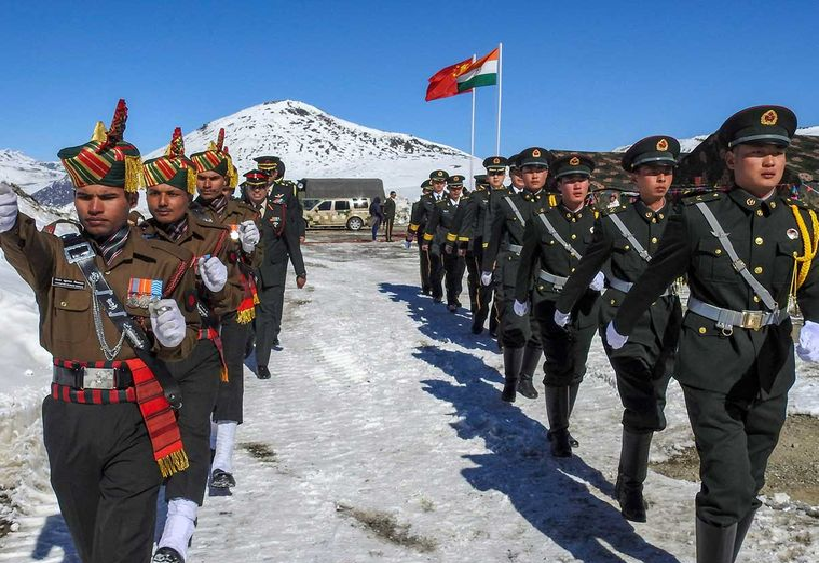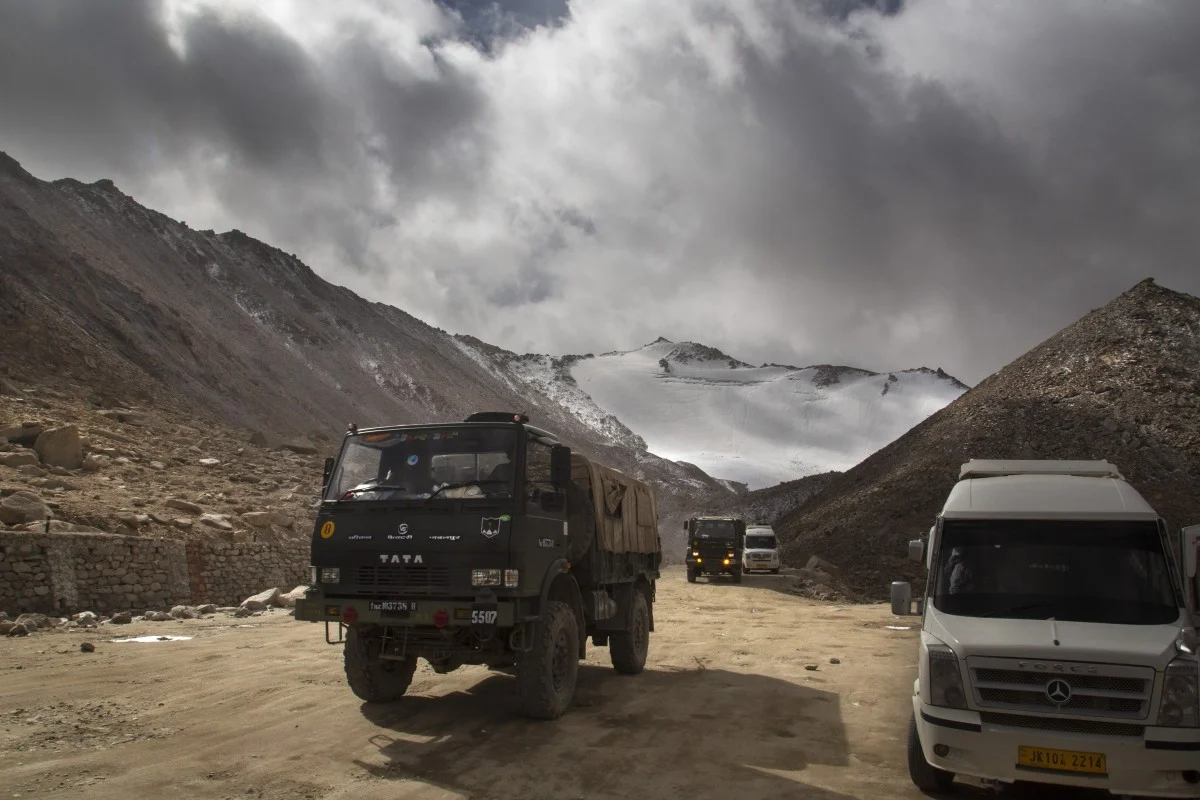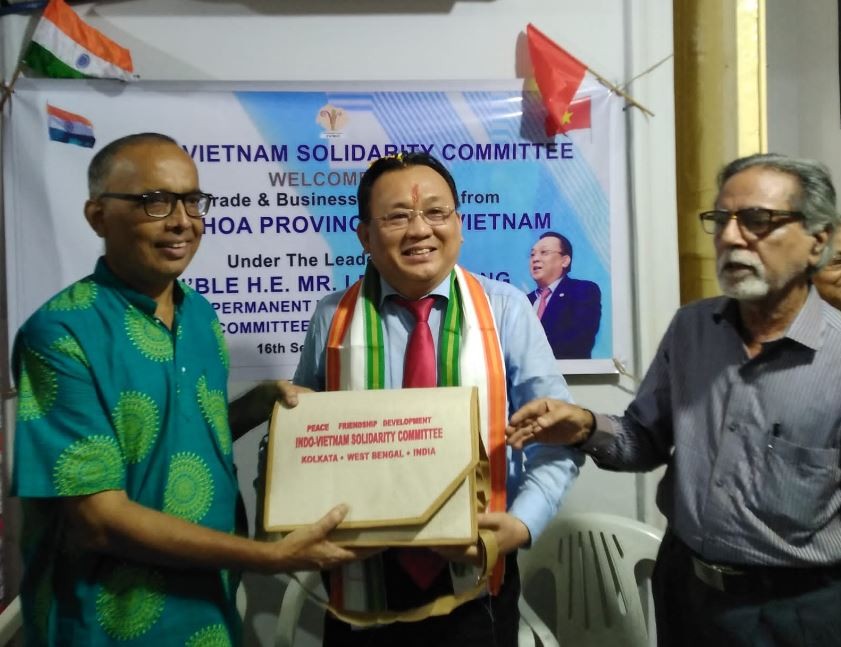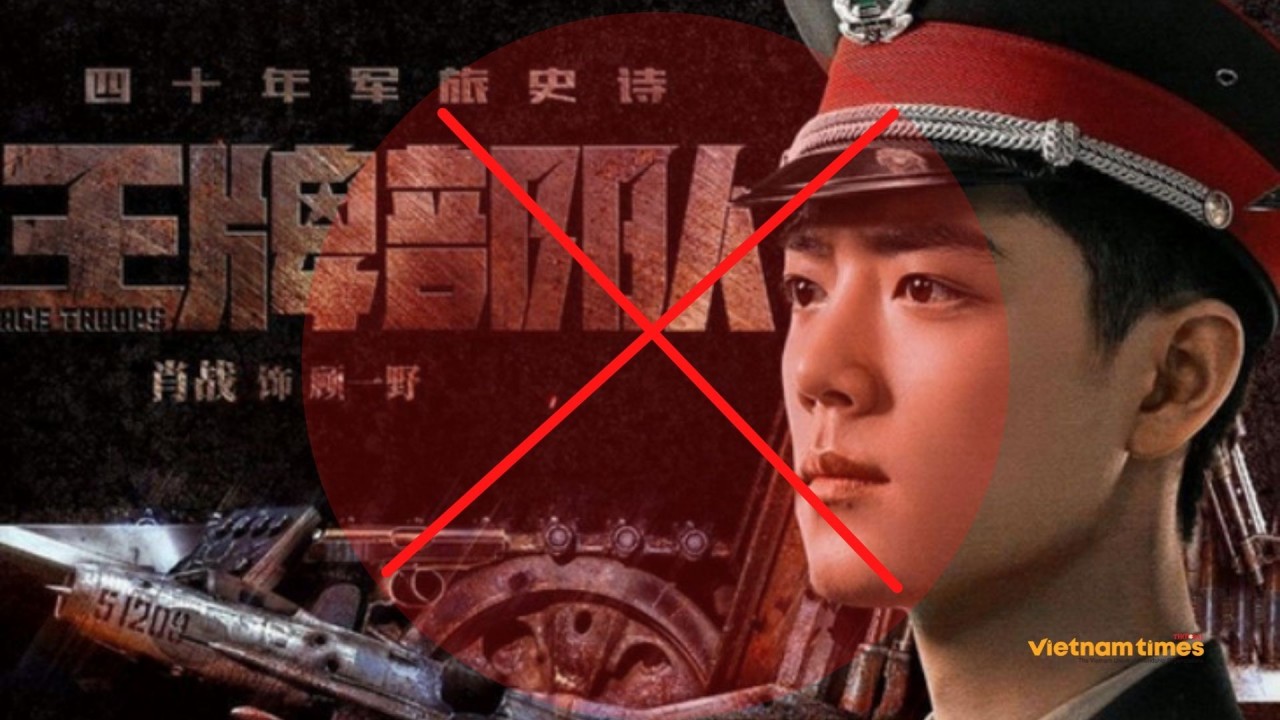India, China agree to resolve outstanding issues expeditiously
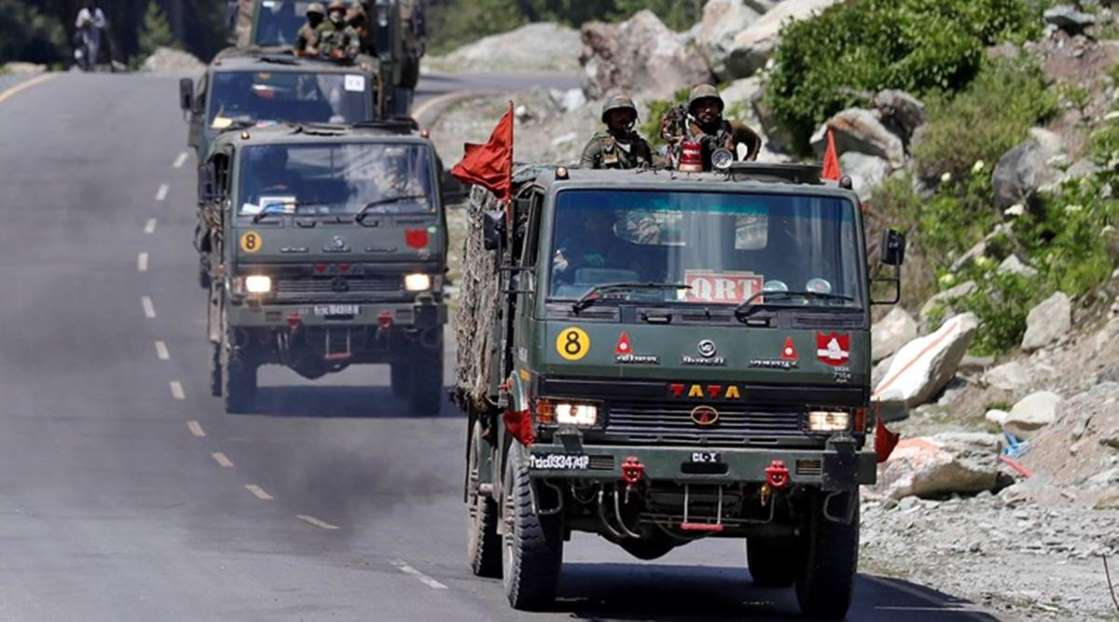 |
| India and China agreed to work towards complete disengagement of troops along the Line of Actual Control in the western sector. Photo: Indian Express |
India and China agreed to work towards complete disengagement of troops along the Line of Actual Control (LAC) in the western sector and to expeditiously resolve outstanding issues during the border mechanism meeting, according the Indian Ministry of External Affairs (MEA).
New Delhi also made it clear that peace and tranquillity were imperative for overall development of bilateral relations between China and India, Economic Times reported.
The message by India was delivered at the 18th meeting of the Working Mechanism for Consultation & Coordination on India-China Border Affairs (WMCC) on August 20. This followed back-to-back meetings by the Indian envoy in Beijing last week. India yet again sought complete disengagement by Chinese troops along the LAC.
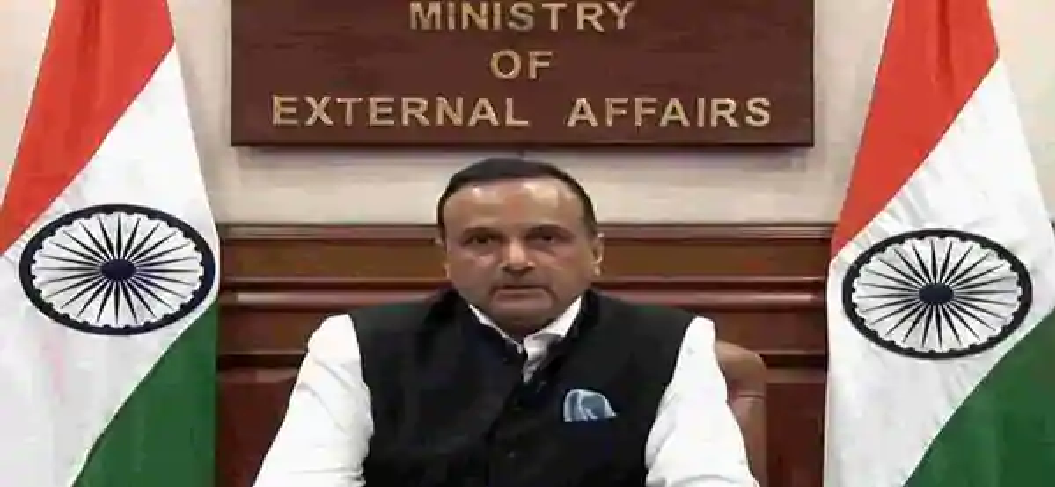 |
| Indian Ministry of External Affairs spokesperson Anurag Srivastava. Photo: ANI |
“The two sides had a candid and in-depth exchange of views on the existing situation in the India-China border areas. They reaffirmed that in accordance with the agreements reached between the two foreign ministers and the two special representatives, the two sides will continue to sincerely work towards complete disengagement of the troops along the Line of Actual Control in the western sector. In this context, they agreed to resolve the outstanding issues in an expeditious manner and in accordance with the existing agreements and protocols,” said a foreign ministry statement issued after the meeting which was held virtually.
The MEA further said that both sides acknowledged the need to maintain close communication through diplomatic and military channels to ensure complete disengagement. The end-goal for India remains the restoration of status quo ante as of April even as the Army is preparing for the long haul with winter nearing, according to Indian Express.
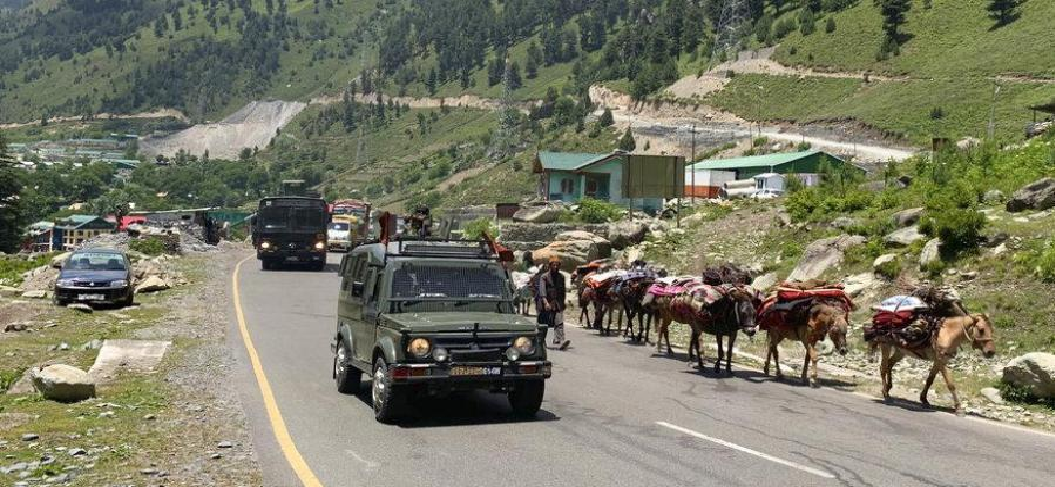 |
| An Indian army convoy moves on the Srinagar-Ladakh highway at Gagangeer, north-east of Srinagar. Photo: AP |
“The two sides (India and China) were in agreement that restoration of peace, tranquillity in border areas would be essential for the overall development of bilateral relations. They agreed to continue ongoing engagements, including WMCC meetings,” the MEA said.
The two countries have deployed thousands of troops across their 3,500km (2,200-mile) disputed frontier since late April after Chinese troops entered into territories that New Delhi claims its own. China denies it has transgressed the LAC - the de facto border between the two countries.
Tensions have flared since June 15, when at least 20 Indian soldiers were killed in Galwan Valley located in Indian-administered Ladakh (in the Western sector) in the deadliest violence in more than 40 years.
MEA's Srivastava last week said New Delhi was looking forward to work jointly for complete disengagement of troops at the LAC.
The Chinese embassy in New Delhi in a statement said the two sides agreed to "cool down the border situation" and "jointly maintain peace and tranquility" at the contested border.
On August 11, Chinese foreign ministry spokesman Zhao Lijian said maintaining bilateral ties with New Delhi was his country's priority, according to Al Jazeera.
"For the China-India relationship, the two sides should jointly safeguard peace and security in the border areas and maintain a steady and sound development of bilateral ties," Zhao was quoted as saying by India's PTI news service.
Long-standing border issues
![A satellite image taken over Galwan Valley in Ladakh, India, parts of which are contested with China [File: Planet Labs Inc via Reuters] 5340 border 3](https://vietnamtimes.org.vn/stores/news_dataimages/phamhuongvnt/082020/22/06/in_article/5340_border_3.png?rt=20200822074122) |
| A satellite image taken over Galwan Valley in Ladakh, India, parts of which are contested with China. Photo: Planet Labs Inc via Reuters |
The two Asian rivals have already held about a dozen rounds of talks, including at the military level, to soothe tension, but analysts say the meetings so far have not borne fruit as China has refused to pull back its troops to the pre-April position and cut down on border reinforcement. Analysts in India say the Chinese continues to occupy border areas perceived by India as its own territory.
The two countries have long-standing border issues, with Beijing claiming territory in India's northeast, while New Delhi accuses Beijing of occupying its territory in the Aksai Chin plateau in the Himalayas, including part of the Ladakh region, Al Jazeera said.
Experts say India's stripping of part of the disputed Kashmir region - which lies between India, Pakistan and China - of its autonomy a year ago exacerbated existing tensions with China and culminated in the deadliest clash between the Asian giants.
China saw this as a unilateral move that threatened its territorial sovereignty and condemned it at the United Nations.
In August 2019, New Delhi stripped Indian-administered Kashmir of its statehood, demoting it to a federal territory, and clamped down on dissent.
The region's decades-old semi-autonomy, which protected jobs and land from outsiders, was also scrapped.
New Delhi also carved out Ladakh as a separate federal territory./.
 | Provinces sharing border with Cambodia take proactive measures against Chikungunya virus Four Southern Provinces of Dong Thap, An Giang, Binh Phuoc, and Long An have taken proactive preventative measures against the disease caused by the Chikungunya ... |
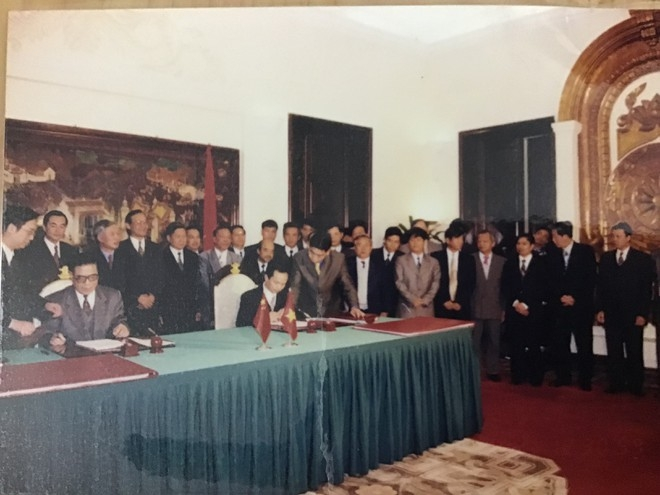 | A decade of Vietnam- China land border delimitation As soon as the normalization, in 1991, Vietnam and China enhanced negotiation on border demarcation. On December 30, 1999, the land border delimitation treaty between ... |
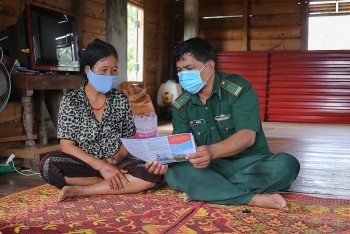 | Life At The COVID-19 Checkpoint By The Vietnam – Laos Border in photos The COVID-19 epidemic checkpoint, which is located close to the borderline, has been home to three border officers and soldiers who are on duty 24/7 ... |
Recommended
 World
World
India strikes back at terrorists with Operation Sindoor
 World
World
India sending Holy Relics of Lord Buddha to Vietnam a special gesture, has generated tremendous spiritual faith: Kiren Rijiju
 World
World
Why the India-US Sonobuoy Co-Production Agreement Matters
 World
World
Vietnam’s 50-year Reunification Celebration Garners Argentine Press’s Attention
 World
World
"Will continue offering our full support to Indian govt": US FBI Director after Pahalgam attack
 World
World
"Great Leader": JD Vance Lauds PM Modi During His India Visit
 World
World
Trump’s Tariff Pause: A Strategic Move from “The Art of the Deal”?
 World
World

